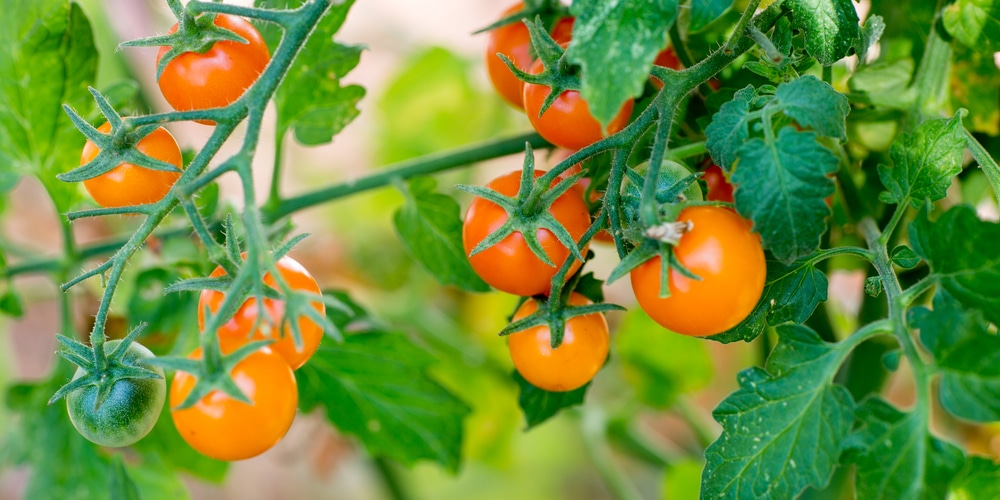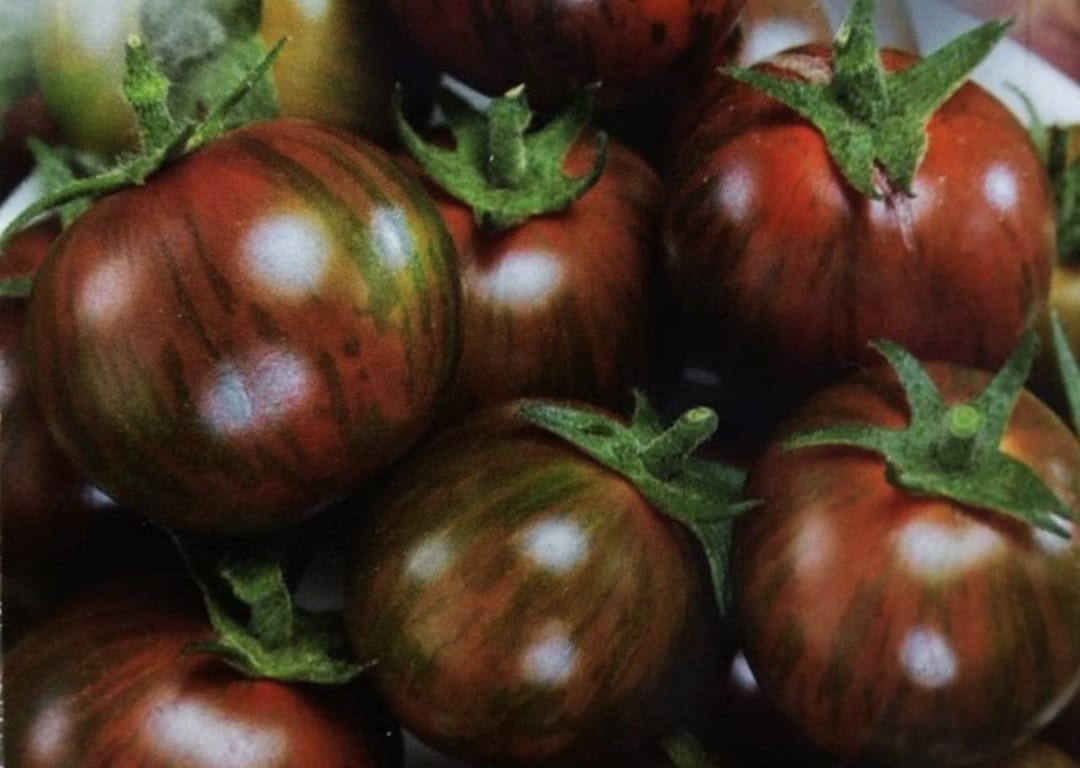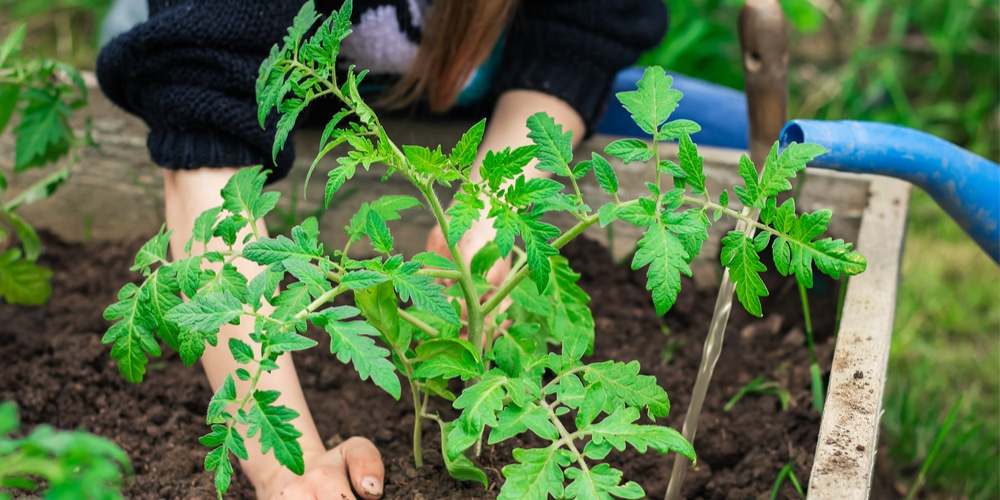If you’re hoping to get a good crop of tomatoes in zone 9, then you might have a few burning questions that you need answering. Things like, ‘can you even plant tomatoes in zone 9?’, ‘what are the requirements for growing tomatoes in zone 9?’, and that all critical reason you’re here today, ‘when to plant tomatoes in zone 9?’.
If you’ve wondered about any (or all) of these questions and you’re in zone 9, then we have great news! Because today we’re going to be answering them all.
Will Tomatoes Do Well In Zone 9?

Oh yes! Tomatoes will do better than ‘well’ in zone 9; they’ll do amazingly! There are so many varieties of tomatoes out there for you to choose from, and we’re pretty certain almost any of them will do great in zone 9, but we have a helpful hint for you if you’re still deciding between your beefsteak tomatoes and your romas…
Head to your local farmers’ market. They’ll be selling packets of tomatoes there with proven success in your area, which means proven success in zone 9. If you need some additional advice about the most delicious varieties, they’ll be able to help you there too!
But where we can help you next is by talking about the requirements for growing tomatoes in zone 9, so let’s get to it…
What Are The Requirements For Growing Tomatoes In Zone 9?
Tomatoes in zone 9 don’t have a lot of extra requirements, but there are some considerations you’ll need to consider before you start planting.
First of all, you should be aware that even with hot weather, tomatoes that are suited to your zone 9 temperatures and climate, they’ll still need a little extra TLC when it comes to watering them and making sure they’re a success.
Even hot weather tomatoes can get dry quickly, which will damage them, so while growing them, you should be extra careful to make sure they have enough water. But more on that below.
The only other requirement we feel you need to know is that you should always start them off indoors. Yes, technically, the weather in zone 9 is warm enough for them to be planted from seed, right into the soil, but this is still a risky move because it isn’t always guaranteed that they’ll grow, By starting to grow them indoors first, you’ll be able to ensure their success and later transplant the seedlings outside.
When To Plant Tomatoes In Zone 9
Planting tomatoes in zone 9 is excellent, because if you’re starting them out indoors (and you should), you can plant them in your planters from late January, ready to transplant six weeks later. If you want to be more cautious, you can also grow them indoors anytime between late January and April, ready to transplant them outside in 6 weeks.
Because tomatoes are quite susceptible to cold, you will need to start indoors anyway and make sure you transplant them when the weather is warmer, so you’ll need to keep up to date with your weather updates locally to decide when, during the late January to April window, is best for you to start growing.
Once you’ve picked a date to get started, here’s what to do:
- Choose your tomato seeds (farmers’ market advice is best).
- Prepare your planting soil and planters by making the soil moist enough to form into a mold, without it being soaking wet. Your tomato seeds will like moist soil, not soaking soil. Then place the soil in the planter, leaving an inch of space from the top.
- Make a dent 1/4 inch deep and put 3 tomato seeds in each dent. Pat the soil back down over the seeds, and spray with water if it feels dry.
- Place the planter somewhere warm and check the soil each day. You want to keep it moist, but not wet, so water as applicable.
- Once the tomato seeds have turned to seedlings (usually within around 10 days), continue to keep the soil moist and give them as much light as possible. Grow lights are best, but a windowsill with indirect sunlight would work well too.
- When the seedlings are 3 inches tall, you’ll want to plant each one in an individual pot. 3-4 inch containers are best, so they can be planted deeper than before and develop a stronger root system.
- 6 weeks later, you should be able to transplant your seedlings outside. Check the soil temperature with a thermometer – if it’s 65 degrees Fahrenheit or higher, the seedlings can be transplanted.
- As soon as they’re outside, stake the tomatoes so you don’t have to disturb the roots later.
- Water well, keeping the soil moist but not wet as before, and enjoy!
After they’ve been successfully transplanted, you’ll simply need to water them when the soil is dry. Remember, moist soil only, drenching them in water won’t help them survive.
Given that you’re in zone 9, this might be a little more frequent because of the warmer weather, but that’s really the only extra TLC your tomatoes will need. Besides that, your tomatoes will grow excellently in zone 9!

